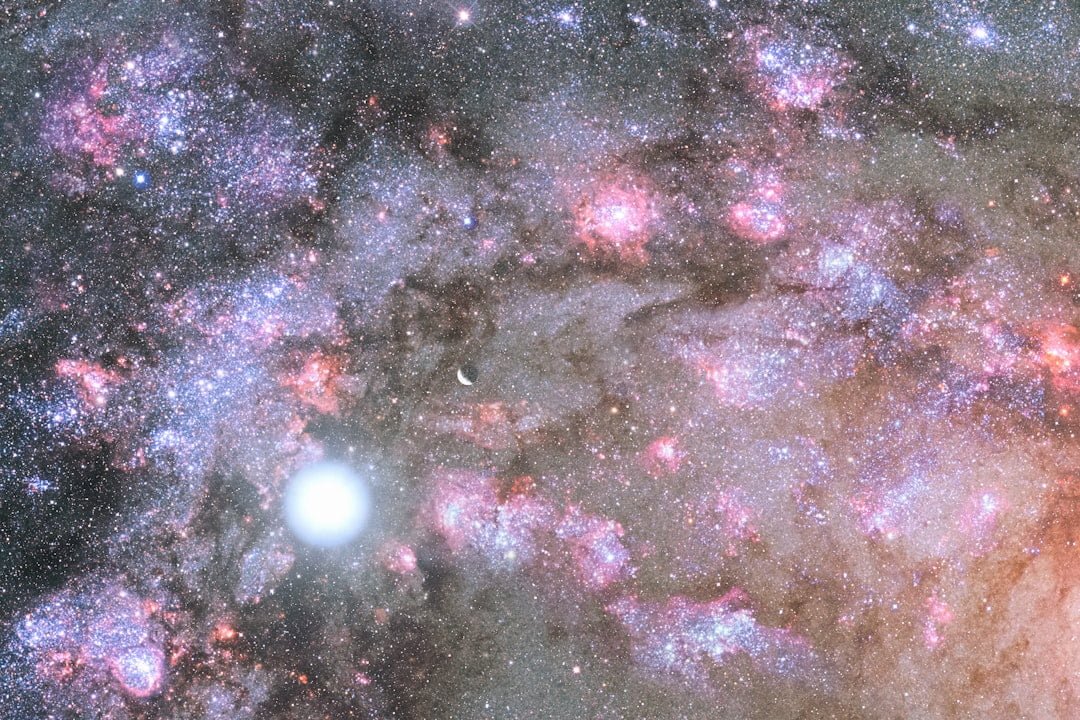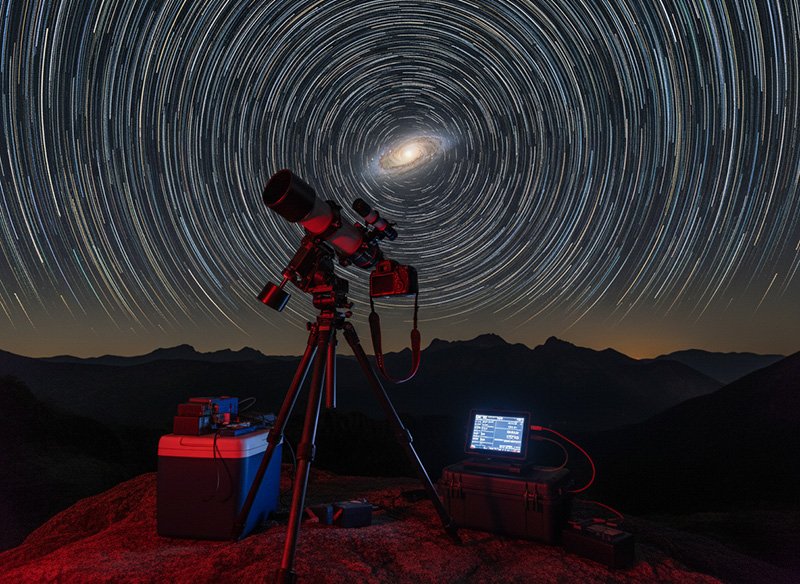Sound is a form of energy that is created by the vibration of particles in a medium, such as air, water, or solid objects. When these particles vibrate, they create waves that travel through the medium and can be detected by our ears. In space, however, the absence of a medium like air makes it seem like sound cannot travel. Space is a vacuum, devoid of any particles that can transmit sound waves in the traditional sense. This has led to the common belief that sound cannot travel through space. However, the reality is more complex than that, and scientists have been studying the propagation of sound in space for decades.
Sound is an important aspect of our understanding of the universe. It plays a crucial role in our ability to study celestial bodies and phenomena. From the rumble of distant stars to the faint whispers of cosmic events, sound can provide valuable insights into the nature of the cosmos. Understanding how sound behaves in space is essential for unraveling the mysteries of the universe and expanding our knowledge of the cosmos. In this article, we will explore the possibility of sound traveling through space, the propagation of sound in space, the role of molecules in sound propagation, the challenges of studying sound in space, and the use of technology to study sound in space. By delving into these topics, we can gain a deeper understanding of the complex relationship between sound and space.
Key Takeaways
- Sound is a form of energy that travels through space in the form of waves.
- Sound cannot travel through the vacuum of space because it requires a medium, such as air or water, to propagate.
- In space, sound can only travel through the vibrations of molecules, such as those found in the interstellar medium or within celestial bodies.
- The propagation of sound in space is dependent on the density and composition of the medium through which it travels.
- Technology, such as space probes and telescopes, is used to study and understand sound in space, leading to new discoveries and advancements in our understanding of the universe.
Can Sound Travel Through Space?
The question of whether sound can travel through space is a fascinating one that has intrigued scientists and space enthusiasts for years. On Earth, sound waves travel through the air, causing vibrations that our ears can detect. In the vacuum of space, however, there is no air or any other medium for sound waves to travel through. This has led many to believe that sound cannot travel in space. While it is true that traditional sound waves as we know them cannot propagate in the vacuum of space, there are other forms of energy that can produce sound-like phenomena.
One example of this is electromagnetic waves, which can be converted into sound waves that are detectable by instruments. For instance, radio waves emitted by celestial bodies can be converted into sound waves that we can hear. Additionally, some celestial bodies, such as stars and planets, emit vibrations that can be detected as sound when converted into audible frequencies. While these phenomena are not traditional sound waves traveling through a medium like air, they do demonstrate that “sound” in a broader sense can exist in space. This challenges our traditional understanding of sound and opens up new possibilities for studying the universe through “listening” to celestial events.
The Propagation of Sound in Space
The propagation of sound in space is a complex and multifaceted phenomenon that challenges our traditional understanding of how sound behaves. In the absence of a medium like air, traditional sound waves cannot travel through space as they do on Earth. However, there are other ways in which sound-like phenomena can be detected in space. For example, electromagnetic waves emitted by celestial bodies can be converted into sound waves that we can hear. This allows us to “listen” to the universe and gain insights into the nature of celestial events.
Another aspect of the propagation of sound in space is the role of shock waves and vibrations caused by cosmic events. For example, supernovae explosions and collisions between celestial bodies can produce shock waves and vibrations that propagate through space. These shock waves can create disturbances in the surrounding medium, leading to the production of sound-like phenomena that can be detected by instruments. By studying these phenomena, scientists can gain valuable insights into the nature of cosmic events and the behavior of celestial bodies.
The Role of Molecules in Sound Propagation
While traditional sound waves cannot travel through the vacuum of space due to the absence of a medium like air, molecules still play a crucial role in the propagation of sound-like phenomena in space. For example, interstellar gas clouds and dust particles can interact with shock waves and vibrations produced by cosmic events, leading to the production of sound-like phenomena that can be detected by instruments. Additionally, molecules in space can interact with electromagnetic waves emitted by celestial bodies, leading to the production of detectable sound waves.
The role of molecules in sound propagation in space challenges our traditional understanding of how sound behaves and opens up new possibilities for studying the universe. By studying the interactions between molecules and cosmic events, scientists can gain valuable insights into the nature of celestial bodies and phenomena. This highlights the importance of understanding the role of molecules in sound propagation in space and its implications for our understanding of the cosmos.
The Challenges of Sound Propagation in Space
Studying sound propagation in space presents several challenges due to the unique nature of the cosmic environment. The absence of a medium like air means that traditional sound waves cannot travel through space as they do on Earth. This makes it difficult to directly detect sound-like phenomena from distant celestial bodies. Additionally, the vast distances involved in studying cosmic events present challenges in accurately detecting and interpreting sound-like phenomena.
Another challenge in studying sound propagation in space is the presence of background noise from other cosmic phenomena. Cosmic events such as supernovae explosions and black hole mergers produce a wide range of electromagnetic radiation that can interfere with the detection of sound-like phenomena. This makes it challenging for scientists to isolate and study specific sound-like phenomena from distant celestial bodies.
The Use of Technology to Study Sound in Space

Despite the challenges involved in studying sound propagation in space, scientists have developed advanced technologies to detect and study sound-like phenomena from distant celestial bodies. For example, radio telescopes can detect electromagnetic waves emitted by celestial bodies and convert them into audible frequencies that we can hear. This allows scientists to “listen” to the universe and gain valuable insights into the nature of cosmic events.
In addition to radio telescopes, other advanced instruments such as spectrographs and interferometers are used to study sound-like phenomena from distant celestial bodies. These instruments allow scientists to analyze the vibrations and shock waves produced by cosmic events and gain a deeper understanding of their nature. Furthermore, advancements in computer modeling and simulation techniques enable scientists to recreate and study sound-like phenomena in space, providing valuable insights into the behavior of celestial bodies.
The Future of Understanding Sound in Space
The study of sound propagation in space is a fascinating and complex field that challenges our traditional understanding of how sound behaves. While traditional sound waves cannot travel through the vacuum of space, there are other forms of energy that can produce sound-like phenomena that we can detect and study. By understanding the role of molecules in sound propagation and developing advanced technologies to study sound-like phenomena from distant celestial bodies, scientists can gain valuable insights into the nature of cosmic events and expand our understanding of the universe.
As technology continues to advance, we can expect further developments in our ability to study sound in space. New instruments and techniques will enable scientists to detect and analyze even fainter sound-like phenomena from distant celestial bodies, providing unprecedented insights into the nature of the cosmos. By continuing to push the boundaries of our understanding of sound propagation in space, we can look forward to exciting discoveries that will deepen our knowledge of the universe and our place within it.
If you’re curious about the mysteries of space and sound, you’ll find a fascinating article on the topic at The Universe Episodes blog. This article delves into the question of whether sound can travel through space and explores how it propagates in the vacuum of the cosmos. For more thought-provoking content on space exploration and scientific phenomena, be sure to visit The Universe Episodes website.
FAQs
Can sound travel through space?
No, sound cannot travel through the vacuum of space because it requires a medium, such as air, water, or solid materials, to propagate.
How does sound propagate in a medium?
In a medium, such as air, sound propagates through the vibration of particles. When an object vibrates, it creates a series of compressions and rarefactions in the medium, which travel as a wave and are perceived as sound by our ears.
Why can’t sound travel through space?
Sound cannot travel through space because it is a vacuum, meaning it lacks the necessary medium for sound waves to propagate. Without particles to vibrate and carry the sound wave, it cannot travel through the vacuum of space.
What other forms of energy can travel through space?
While sound cannot travel through space, other forms of energy, such as light and electromagnetic waves, can propagate through the vacuum of space. These forms of energy do not require a medium and can travel through the emptiness of space.
























